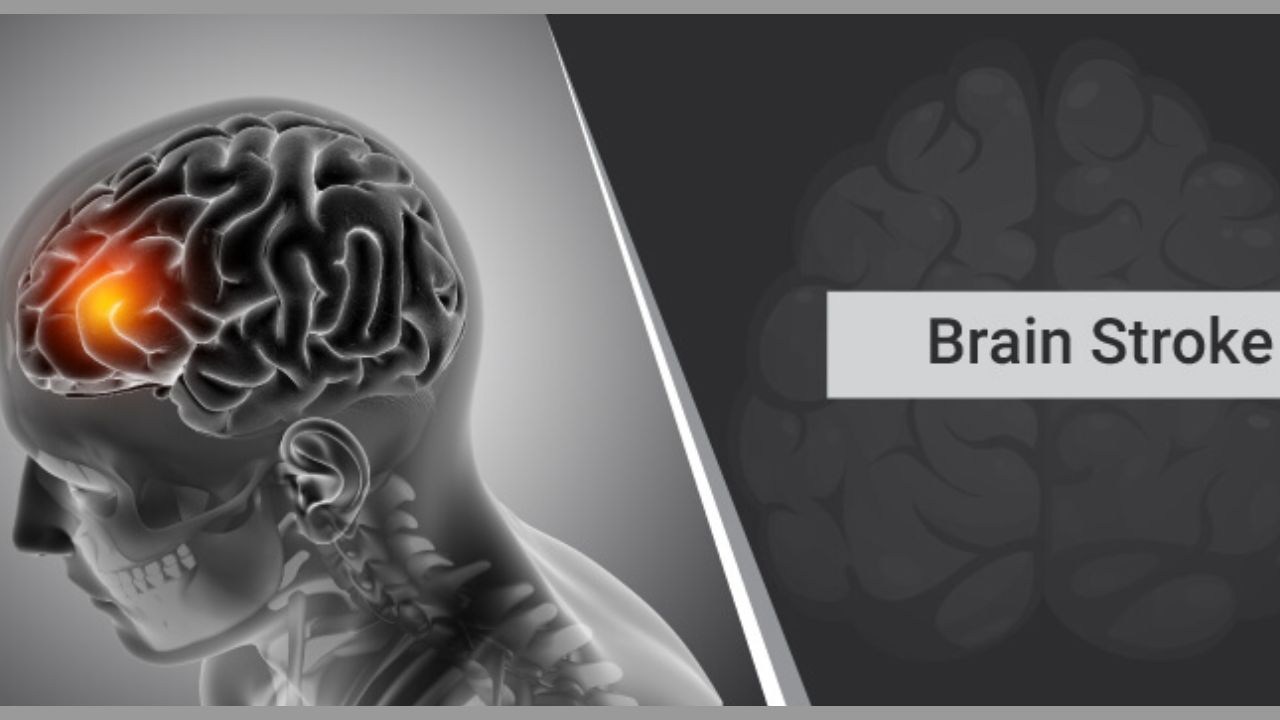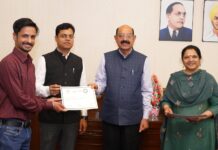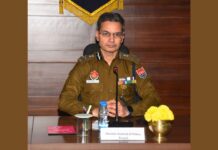CHANDIGARH
In India, the number of brain stroke cases has risen tremendously. According to the research data, about 700,000 people in the country have died from brain strokes alone, making it among the prominent reasons for mortality and disability. Since 2000, there has been an increase in brain stroke occurrences, particularly among adults in their 30s and 40s.
How To Control Brain Stroke And What It Is
Abruptly the flow of blood to the brain gets decreased which means a person has suffered from a brain stroke. As a consequence, the brain starts to die nearly immediately which can eventually result in death or long-term disabilities. As neurons starve and die, capabilities regulated by certain sections of the mind might be eliminated.
The doctor says that within 1-2 hours if a person reaches the hospital then its recovery rate gets increased, and vice versa if a person reaches late ten the chances get lower. Also, the first 4.5 hours, also referred to as the “golden period,” are crucial because if they receive high-quality medical care within that time, their chances of recovering significantly increase.
Being able to recall the acronym “BE-FAST” can aid in swiftly determining whether someone may be experiencing a stroke.
B: Balance problems;
E: loss of sight in one or both Eyes;
F: One side of the Face droops;
A: A sensation of a weak spot in a single of the Arms;
S: Slurred Speech
T: Time to call emergency services
Does the question arise of how much Indians are aware of this situation?
While many NCDs, such as heart failure, diabetes, hypertension, etc., are popular terms in everyday speech, awareness of stroke is virtually non-existent. Furthermore, only 20% of people were aware of the signs and indications of a brain stroke. The survey’s findings demonstrated that there was considerable work to be accomplished to raise our awareness of these issues. Low levels of awareness make it difficult for patients to recognize the symptoms of a stroke and also keep people from receiving the kind of high-quality care that can enhance their quality of life.
TAKING CARE: PREVENTING STROKE AND LIFE AFTER STROKE
Health and Education state that “As a lifestyle disease, a brain stroke is often a result of years of unhealthy decisions and neglect. While Indians and other South Asians are genetically susceptible to stroke, a little care goes a long way. Adopting a healthy lifestyle can be helpful in reducing the risk of stroke. It can even prevent or delay its occurrence.”

 हिंदी
हिंदी






